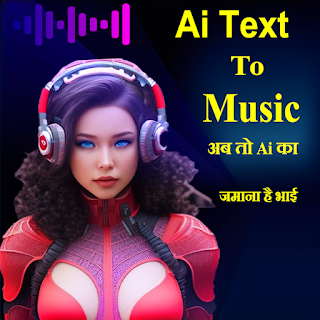Exploring the Exciting Field of AI Art: Text to Image Generation
One of the most fascinating areas of artificial intelligence, which studies the application of algorithms to the production of visual content, is that of AI art.
Text to picture generation is an interesting field that has recently gained popularity among the many AI art techniques.
This article will examine text to image generation, including what it is, how it operates, applications it can be used for, and consequences it has.
What is Text to Image Generation?
word to picture generation is the process of creating visual information from word descriptions using algorithms.
In other words, it is a procedure that entails producing an image that matches a given input of text.
Machine learning algorithms that have been trained on massive text and image databases enable this technology.
The computers can learn to identify trends and correlations between written descriptions and visual representations by examining these datasets.
What is the process for creating images from text?
Combining methods from computer vision and natural language processing (NLP), text to image generation uses these methods.
1.Preprocessing: To extract pertinent features, such as keywords, entities, and grammatical structures, the text input is first preprocessed. This process assists in structuring the text representation so that it can be used as input for the image generating model.
2.Encoding: The preprocessed text is encoded into a numerical form that the image generating model can comprehend.
Usually, word embeddings, which map each word in the text to a high-dimensional vector, are used for this.
3.Decoding: The image generating model then receives the encoded text and creates an image that corresponds to the text input.
This is accomplished by employing methods like generative adversarial networks (GANs), which train to produce images that are identical to genuine photos.
4.Post-processing: The created image is lastly improved in terms of quality and aesthetic appeal through post-processing. Techniques including cropping, colour correction, and image filtering may be used in this step.
Text to Image Generation: Uses and Consequences.
There are various potential purposes for text to picture generation, from artistic creation to utilitarian usage like e-commerce and advertising.
For instance, depending on a product's description, an AI-generated image may be used to build a visual representation of the item, which could be very helpful while buying online.
Text to image synthesis can also be used to provide personalised material, like unique social media avatars or artwork.
But this technology could also have negative effects, particularly in terms of how it will affect copyright laws and conventional art.
Questions of who owns the copyright to the generated images and whether they qualify as original works of art come up as AI-generated art becomes more prevalent.
There is also concern that conventional art forms and the talents necessary to create them may lose value as a result of AI-generated art.







No comments:
Post a Comment